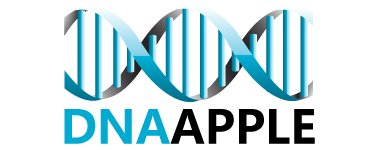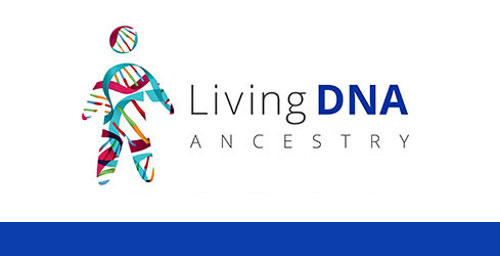Living DNA
What Autosomal Ancestry DNA Testing Can Do For You
March 1, 2019
Ancestry DNA Testing Gives Highly Accurate Geographical Origins
October 18, 2019Living DNA
Should You Get A DNA Test?
The term DNA is usually assumed by most people to only refer to the collection of genes that determine each individual's physical characteristics. Therefore, it often comes as a surprise to discover that there's another type of DNA that performs a distinctly different task and abides by a different set of rules concerning heredity. This version is called mitochondrial DNA. Unlike what is commonly thought of as DNA, technically known as nuclear DNA because it's contained in the nucleus of cells, mitochondrial DNA, usually abbreviated as mtDNA, is only inherited from one's mother and because of its unique features, mtDNA is very useful in studying population genetics.
Regular DNA
Nuclear DNA resides in the nucleus of each cell in the body and is separated into pairs of chromosomes. In the case of humans, there are 23 pairs of chromosomes. A single DNA molecule takes the form of two strands bound together in a double helix. Two of these molecules comprise a chromosome. In humans and other mammals, distinct segments of the DNA strands are called genes. These segments can vary in size. Their composition is determined by which segments were inherited from one or the other of one's parents. Half of an offspring's genes come from the father and the other half from the mother.
The Other DNA
Outside of the cell nucleus, entities called organelles perform various day-to-day functions of the cell. One type of organelle is the mitochondrion. Mitochondria collect nutrients and turn them into usable energy for the cell. A mitochondrion's structure is determined by its own set of DNA, mtDNA. Unlike nuclear DNA, mtDNA is only inherited through an offspring's mother. Appearance-wise, mtDNA takes the form of a loop instead of the roughly linear shape of DNA within a chromosome. Mitochondrial DNA contains only 37 genes compared to the 20,000 found in nuclear DNA. Because of its activity in processing nutrients, mtDNA experiences routine mutations to its genetic code. It's these frequent mutations that allow mtDNA to be used to study population genetics.
Ancestral Trail
Since mtDNA is passed from mother to daughter in an unbroken chain, it's not very useful to an individual wanting to research their full genetic ancestry. Nearly all of their mother's genetic heritage and all of their father's genetic heritage won't be present in mtDNA. On the other hand, mtDNA is valuable in learning how different population groups migrated in the past and how present-day groups are related to one another. For example, as a group of people move over time, some members will often remain behind in various locations and contribute local branches of the female linage called haplogroups. Over time, mutations collect in the mtDNA of related groups and they become more distinct from each other and form haplogroup offshoots called subclades. Tests such as HVR1 and HVR2 are used to determine subclades. By comparing the similarities and differences of subclades caused by accumulated changes, researchers can tell how closely the groups are related and how long ago they parted company.


